“Transport Mister? Water Castle?” all rickshaw drivers kept asking me the same questions during my visit to Yogyakarta (Jogja) in January 2011. It was not my first trip to the city, however I always missed Taman Sari – or better known as the Water Castle to foreigners – on my previous visits for so many reasons, until this July.
On a sunny Tuesday morning, Alexander, Detta and I were joined by a group of local university students before the ornate gate of Taman Sari complex. Painted in an ivory color, the floral-patterned gate led to a small courtyard with a manicured garden which brought us to the royal bathing complex, a walled compound of three bathing pools and a watch tower.
During its heyday the tower was used by past Sultans to watch their concubines bathing in the pools and later choose his favored one to enjoy the privilege of spending a night with him. The three-storeyed tower consists of three chambers at the lower level which were used for different purposes. One was obviously intended as Sultan’s own love lair where a wooden bed was placed on top of three small furnaces which would be filled with hot charcoal to warm the bed. However today the current Sultan is married to only one woman and they live in a more enclosed area of keraton – the royal palace.
Walking out of the bathing complex through a gate with a Kala-Makara relief on it, we were welcomed by a larger courtyard with an even more monumental gate standing on its far side. To our left a smaller gate proved to be more inviting for us since less people were heading towards that direction. We walked further and as soon as we passed the smaller gate, rows of modest houses filled both sides of the narrow walkway. One would find it confusing at first as the elegant and beautifully decorated royal complex suddenly turned into local people’s unassuming houses.
We walked further, past the small houses with a motorbike parked in the front yard of each house. Some local residents gave us some very welcoming yet curious smiles and asked where we were from. The small alley got even narrower as we ventured deeper, then we found an old well with unused but clean old chambers right next to it. A place like this might have looked quite different back then when it was still fully functional, a place full of banter and clamor.
Erected in the mid-18th century, Taman Sari was initially built as the resting, meditating, and hiding place for the Sultan complete with picturesque gardens and an artificial lake. Today however, only the main compound remains mostly intact while the rest has turned into a densely populated residential area called Kampung Taman, literally village of the garden, which slowly grew following a series of wars and earthquakes. Navigating the narrow yet colorful alleys of Kampung Taman, one would not miss the ruins of Kenongo, once the largest building in the entire compound which was surrounded by an artificial lake.
Around the base of Kenongo a handful of local women were busy painting white sheets of cloth with pictures from Javanese Hindu mythology. Walking past them, we climbed the stairs leading to the abandoned ruins on top of a small hill. With no ceiling the blue skies peeked through the crevice, and with the absence of walls at some parts of the building, the wind blew quite strongly through the empty corridors of Kenongo.
“There was a bird market down there, near the base of this small hill” Alexander recalled. “It was so atmospheric.”
We continued our stroll through the alleys of Kampung Taman to get to the most iconic structure in Taman Sari, albeit quite small in size: The underground mosque. Walking down the staircase to an underground corridor, we went deeper through a thick concrete tunnel, which later opened up into a round doughnut-like structure – intentionally designed to optimize the acoustic quality inside the mosque – where four staircases rose and met at the center from which another staircase led to the upper level, above a small pond which was used for ablutions. The hollowed two-storey structure was studded with intermittently small niches on the outer wall; one of them was once used as the mihrab, indicating the direction of Mecca.
Since 1995 the entire Taman Sari compound has been listed as a tentative UNESCO World Heritage Site in Indonesia. Alexander recalled that many buildings have been restored to their original state, compared to a few years ago when most of the structures were left decaying and crumbling. The work to bring back the old grandeur of this place is still far from complete, but today one can envisage how life was like for past Sultans when Taman Sari was a magnificent expanse of gardens, pavilions, and lakes to showcase the wealth of his Sultanate.

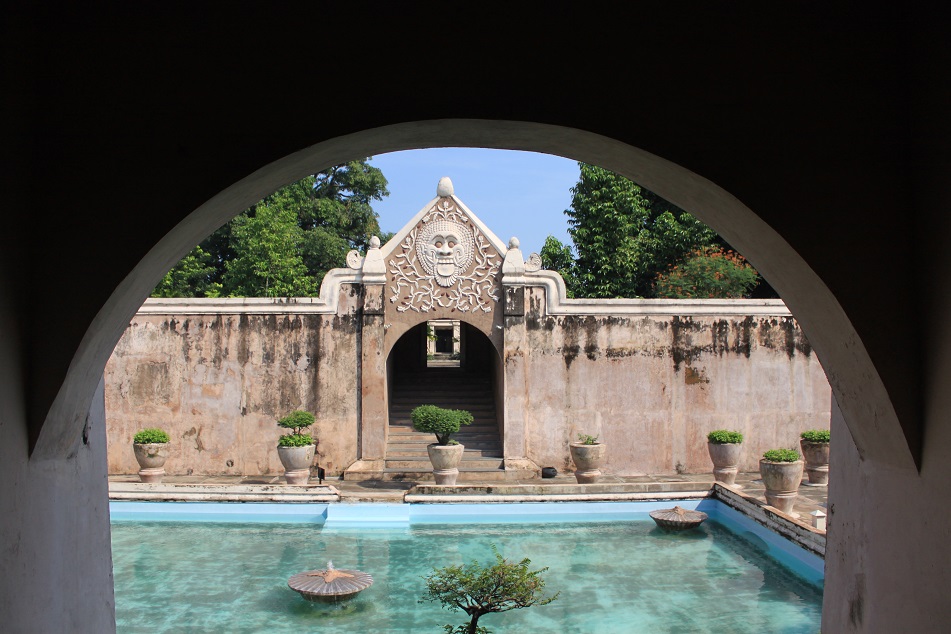


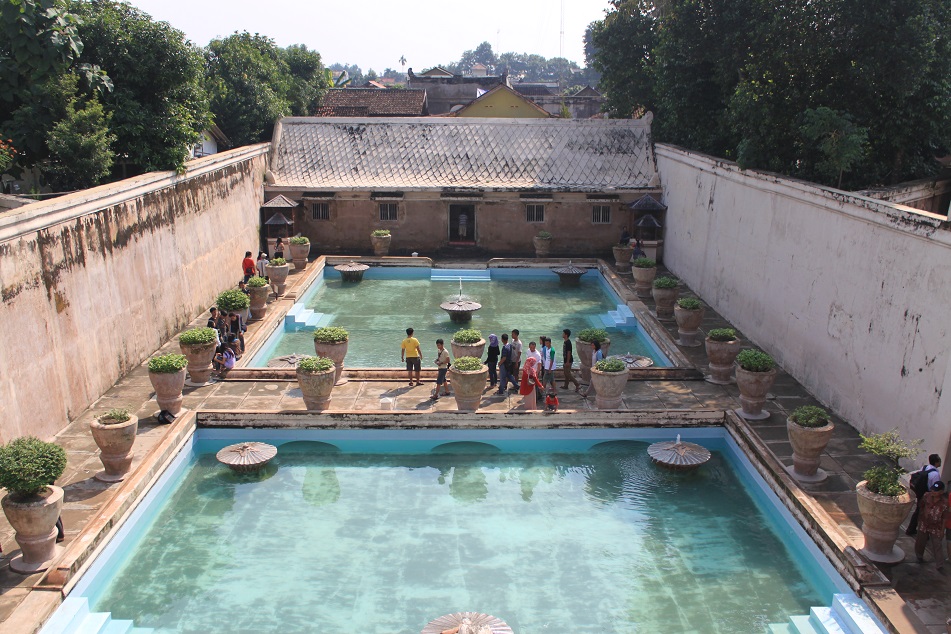
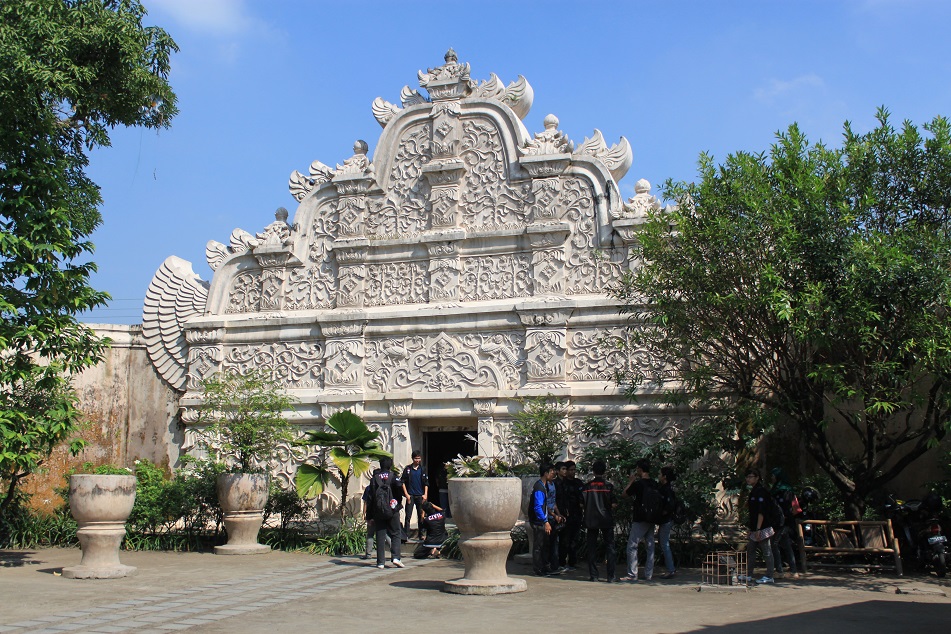
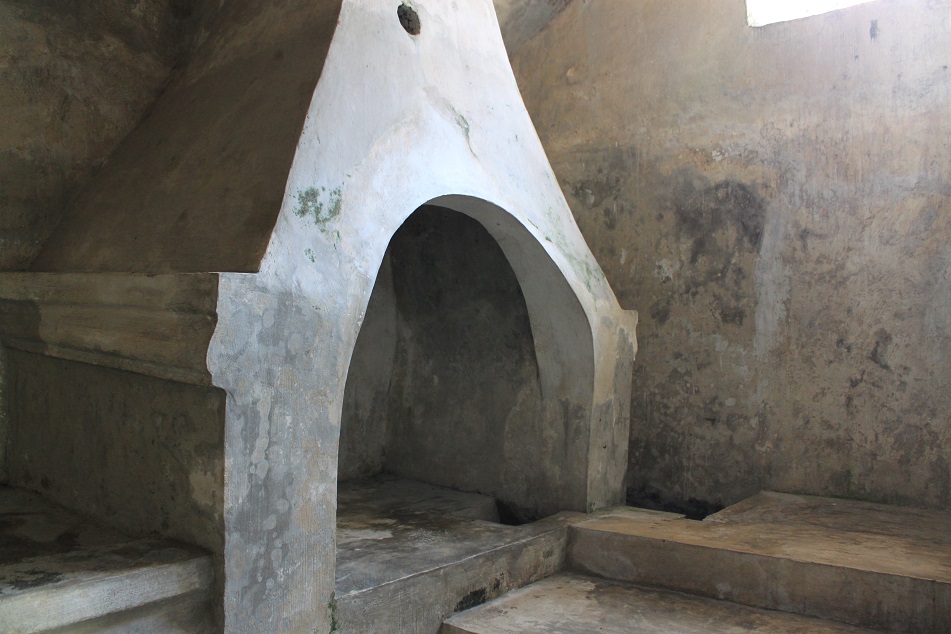

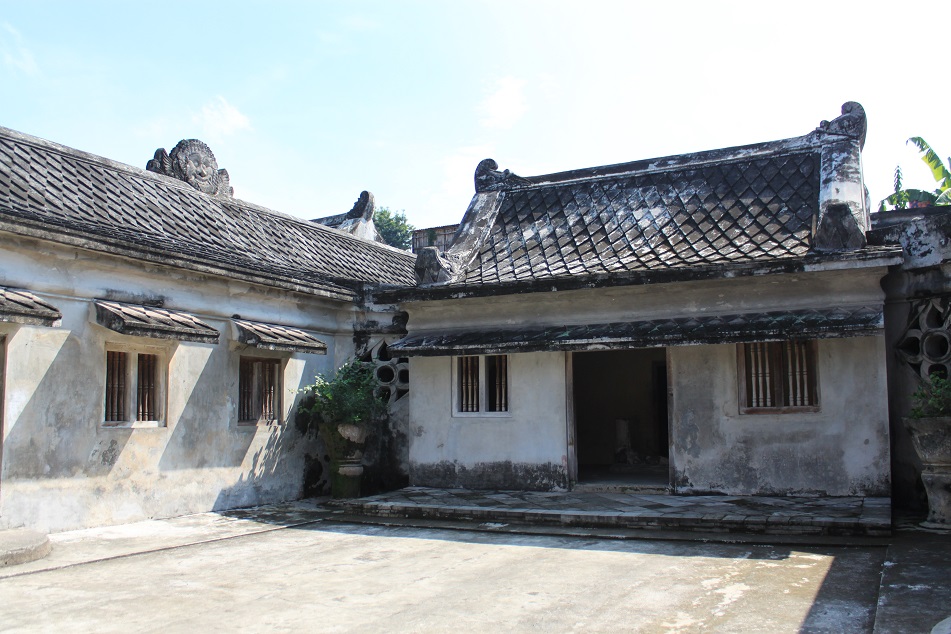
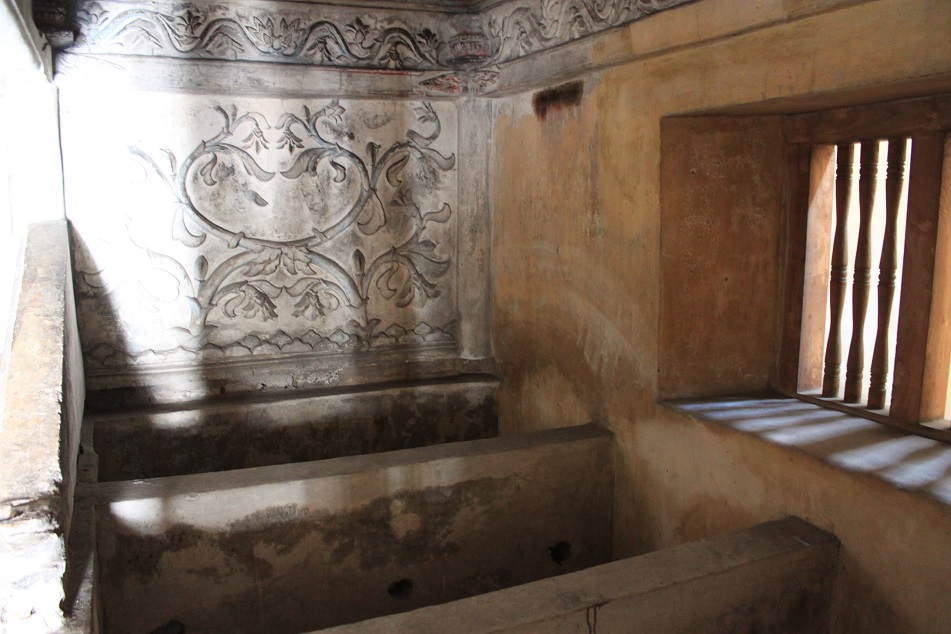
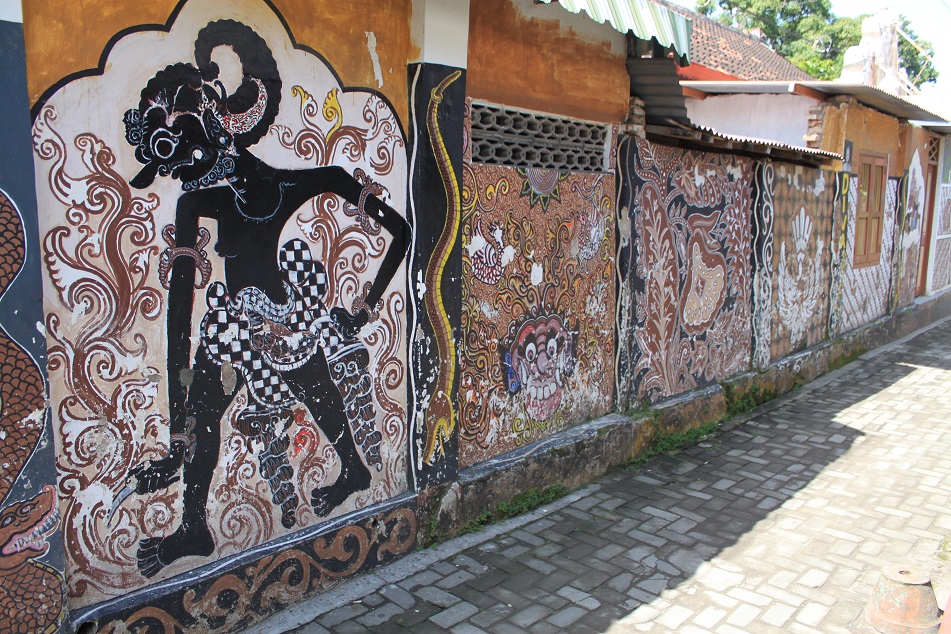
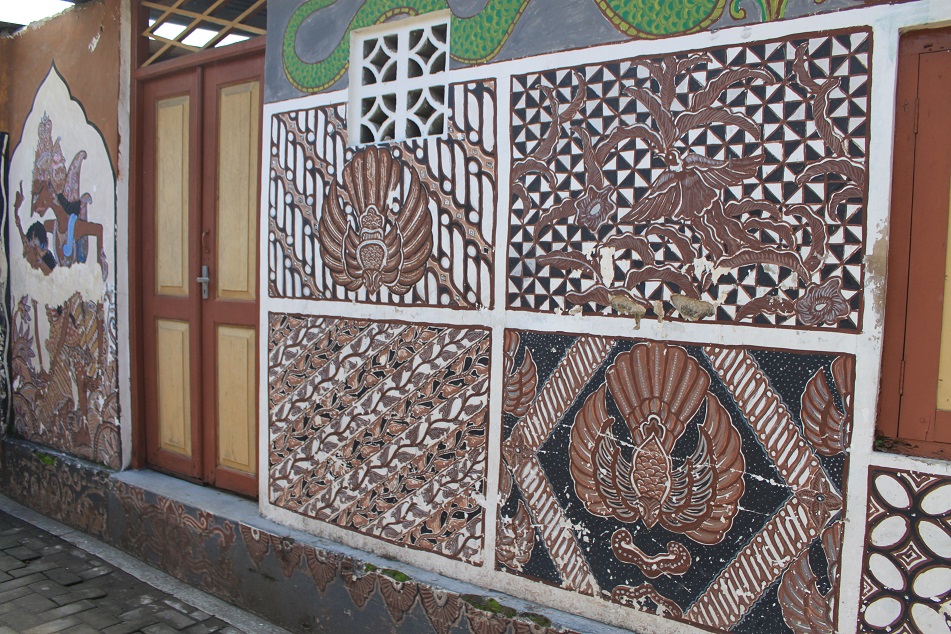
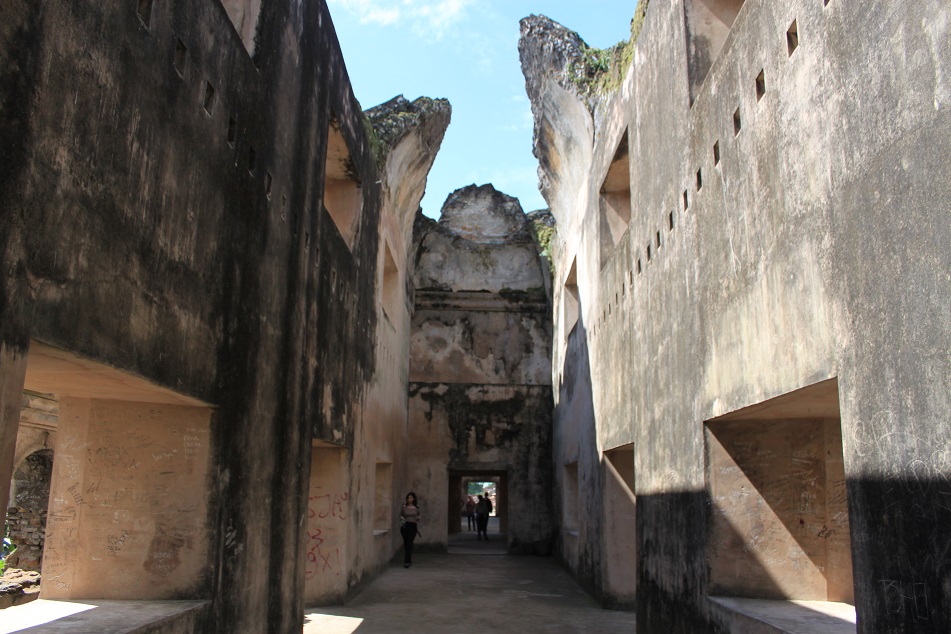
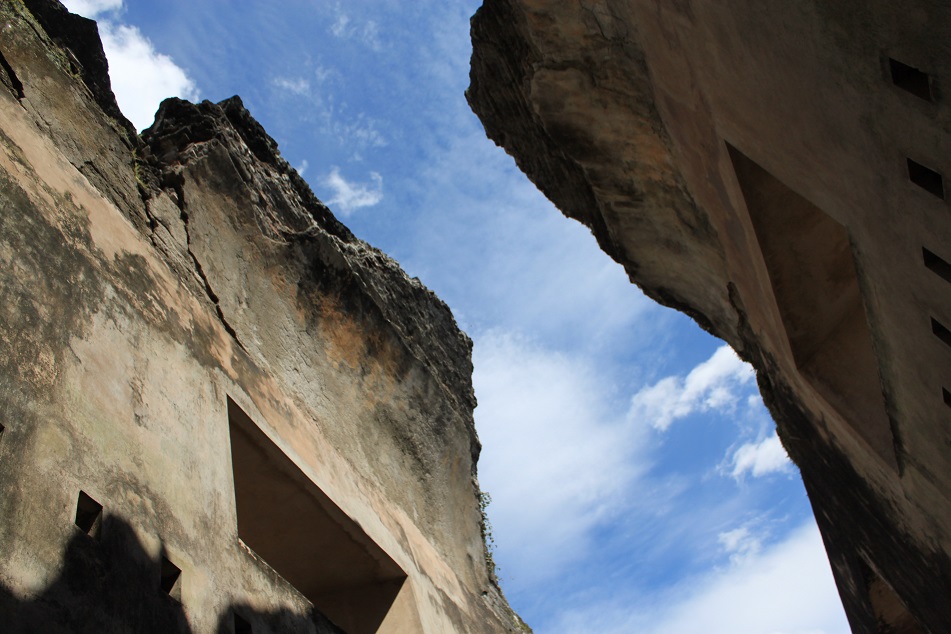
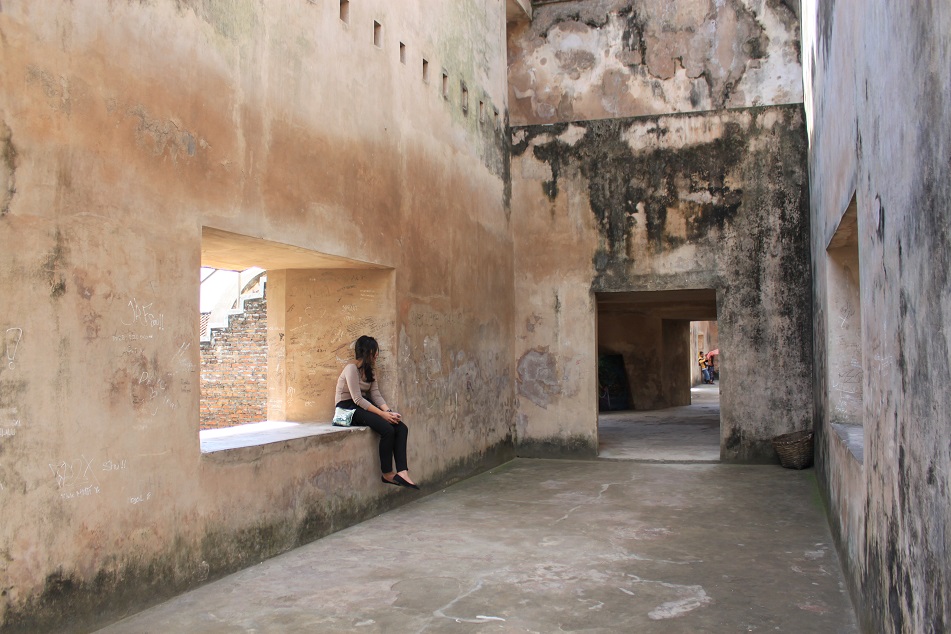
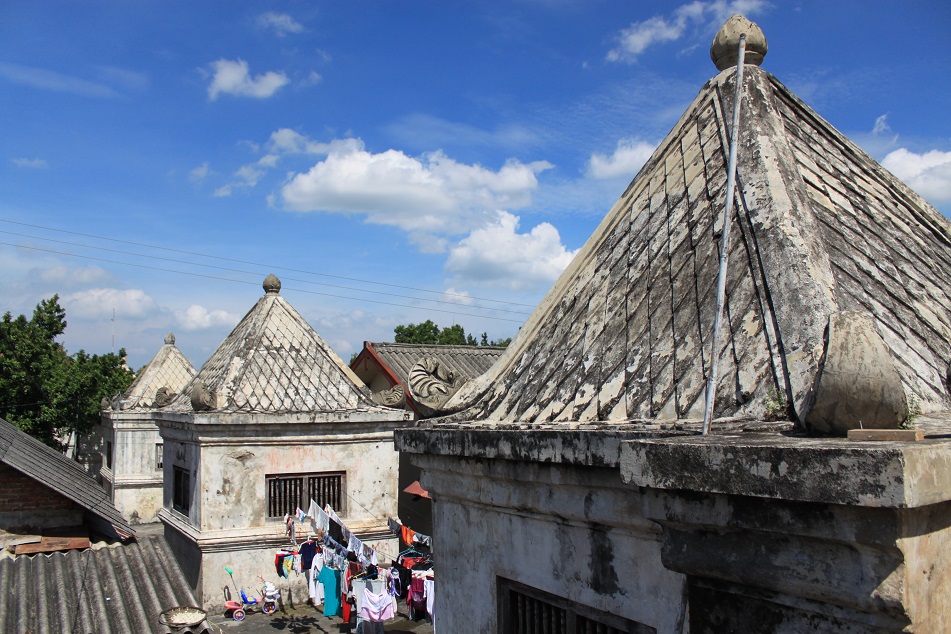
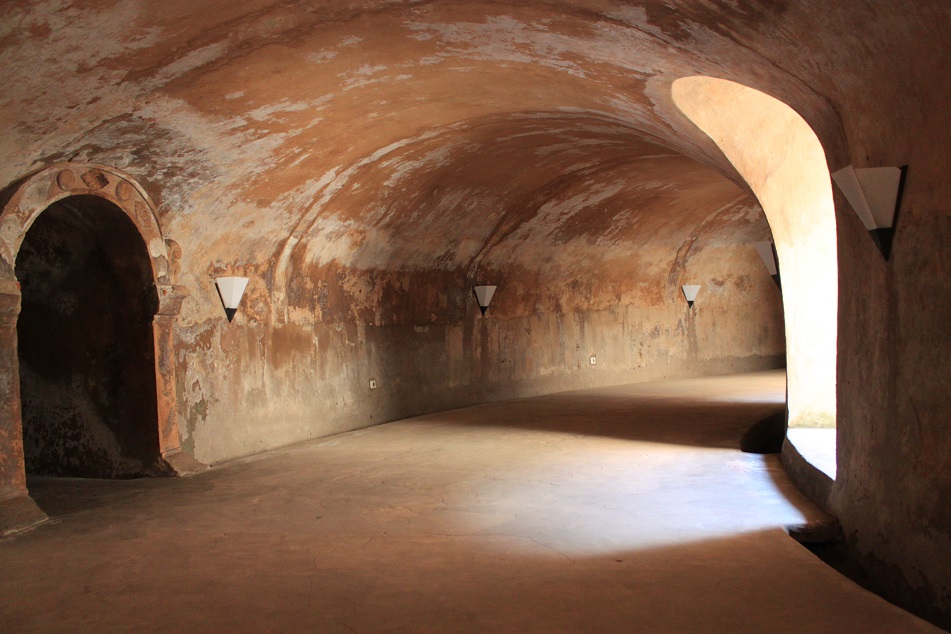

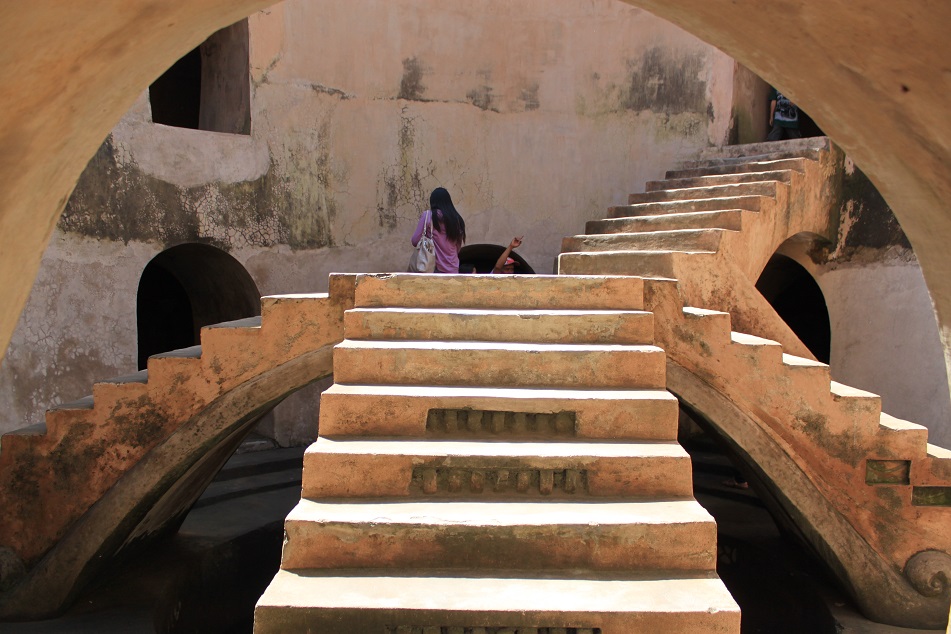


What an Incredible and Magical Place…Would Love to Go There and Walk Through it’s History-filled Halls…
LikeLike
It truly is. It took me so many years to finally go to this place.
LikeLike
I absolutely agree with you, what a nice place to visit, great photos thanks for sharing.
LikeLike
Reblogged this on mgtrrz's Blog and commented:
This Is Just INCREDIBLE…MAGICAL!
LikeLike
What a curious, mystical complex! I especially love the look of the gateways and the underground mosque – the four staircases must lead to a very special place. Strangely, the Sultan’s bed doesn’t seem very comfortable, it could be the lack of an actual mattress and bedding, but then again it’s tightly hemmed in by three walls. Thanks for taking us along Bama, I must put this down for the next time I go to Jogja!
LikeLike
When you go to Jogja one day, I’ll make sure to take you to Taman Sari as well. That underground mosque was very unique indeed. No other mosque in Indonesia looks like that, as far as I know. I guess there must be some sort of bedding back then, otherwise he would get back pain a lot! 🙂
LikeLike
A great post, Bamo! I loved my visit (mid-80s, I guess), and trying to imagine the life within. Sad to hear the bird market has gone – it was so exotic and seemed to take us back into another time. 🙂
LikeLike
Thanks Meredith! Oh so you did go! I can only imagine how atmospheric it was when the bird market was still there. It must add up the traditional ambiance to the place.
LikeLike
Yes it did, Bama – really it seemed all that was missing were the ‘costumes’ of the court ladies!
LikeLike
This place looks amazing, Bama. Jogjakarta and the surrounding area is quickly moving up on my bucket list.
LikeLike
I would always recommend Jogja to those who’s going to travel in Indonesia. It’s the base to explore most of the magnificent ancient temples, also to immerse in the Javanese cultural scene.
LikeLike
Thank you for sharing these wonderful photos! I have never seen anything like this in real life. One must really travel to see the wonders of the world. 🙂
LikeLike
And thank you for your lovely comment, Joycelyn! The world is indeed filled with so many amazing places, and it is ours to keep and explore. 🙂
LikeLike
This is my favourite hideaway while i’m stuck in Solo, Bama. And…tomorrow morning i’ll going there ( again ) hahaha…. When will you explore Solo? Let me know if you go to Solo 🙂
LikeLike
Oh wow, again? You must really love it, Halim! 🙂 Actually I haven’t really explored Solo. I’ve been there twice but I always made it as a base to explore other places. I will surely let you know if I go to Solo again.
LikeLike
Amazing place.Thanks for sharing !!!
LikeLike
My pleasure! Thanks for dropping by Praveena! Taman Sari was such a fascinating place, indeed!
LikeLike
Wonderful series of photos, and a great write-up as well. Thanks for this post.
LikeLike
Thank you for your kind words! I know you would take great pictures as well if you were at Taman Sari.
LikeLike
Beautiful pictures and interesting history on the bathes.
LikeLike
Thanks Stephanie! Those were no ordinary bathes for sure. 🙂
LikeLike
I went there with my friend last January. It was indeed a beautiful place. The guide took us in the Underground Mosque too and he mentioned that the government has plans to restore the whole area to its original grandeur.
LikeLike
That is such a good news that the government is planning for more restoration works! Thanks for dropping by CJ!
LikeLike
nice pictures!
LikeLike
Makasih Rita! 🙂
LikeLike
I always missed this place too on my previous visits to Jogja. Hopefully I’ll make it there next month
Anyway, you did write a beautiful story about this place, Bama. It makes me even more curious to explore it. Cheers 🙂
LikeLike
Hi Debbzie! It’s funny how everyone loves this place but it was not until this July that I had the chance to finally visit Taman Sari. And apparently I’m not the only one. 🙂 Hope you have a nice time there next month. Thanks for dropping by!
LikeLike
Congratulations, I’ve nominated you for the ‘Very Inspiring Blogger Award’! I have loved reading your posts, they are very inspiring. Keep up the good work, talk soon. Jess.
You can check out your nomination here: http://jetaimejourneysbyjess.wordpress.com/2013/09/29/very-inspiring-blogger-award/
Please accept the award and forward on!
LikeLike
Thanks Jessica! I’m honored and at the same time glad that you enjoyed my blog. We’ll see what I can do with the award, but again, thank you so much!
LikeLike
Those stairs just look so Escher-esque 🙂 Wow!
LikeLike
They do! Although you won’t get lost there. 🙂
LikeLike
This place looks amazing! Kinda surprised the pervy sultan didn’t plump for a bigger bed though. I’d have a full-on pillow room ><
LikeLike
I know! But I guess back then even for a Sultan it’s the functionality that mattered. 🙂
LikeLike
wow, beautiful photos! thanks for sharing your wonderful journey!
xx Vera & Rony
http://wattwewear.com/
LikeLike
Thank you Vera & Rony!
LikeLike
What a place, can you just imagine how it was in all its splendour?
LikeLike
It must look pretty impressive. I found one of the old paintings on this place and it gives you a glimpse of how it looked like in the past: http://id.wikipedia.org/wiki/Berkas:Het_waterkasteel_te_Djokjakarta.jpg
LikeLike
Oh it was!
LikeLike
You have the most beautiful and inspiring articles I am following. Thanks for sharing, and I just thought you should know!
LikeLike
Wow, I’m flattered! Thank you so much for your kind words and encouragement! I’m glad you enjoyed my blog.
LikeLike
Reblogged this on milamoki.
LikeLike
love the photos!
LikeLike
Thanks Romel!
LikeLike
I went here last year during an office outing and it’s splendid! It’s like reminiscence of the past. Now, if only there’s a time machine… :p
LikeLike
I really love Taman Sari and wish to come back when there’s less crowd. 🙂
LikeLike
“During its heyday the tower was used by past Sultans to watch their concubines bathing in the pools and later choose his favored one to enjoy the privilege of spending a night with him…”
-____-
LikeLike
Fortunately it only happened in the past. 🙂
LikeLike
Reblogged this on Listen, The Spice Whispers and commented:
distant earthquake
our concrete wall
draws it
Haiga Ken Sawitri (Indonesia), Photograph Jimat Achmadi
Published for the 1st time in DailyHaiga on November 27th, 2013
Selected by Linda Pilarski
LikeLike